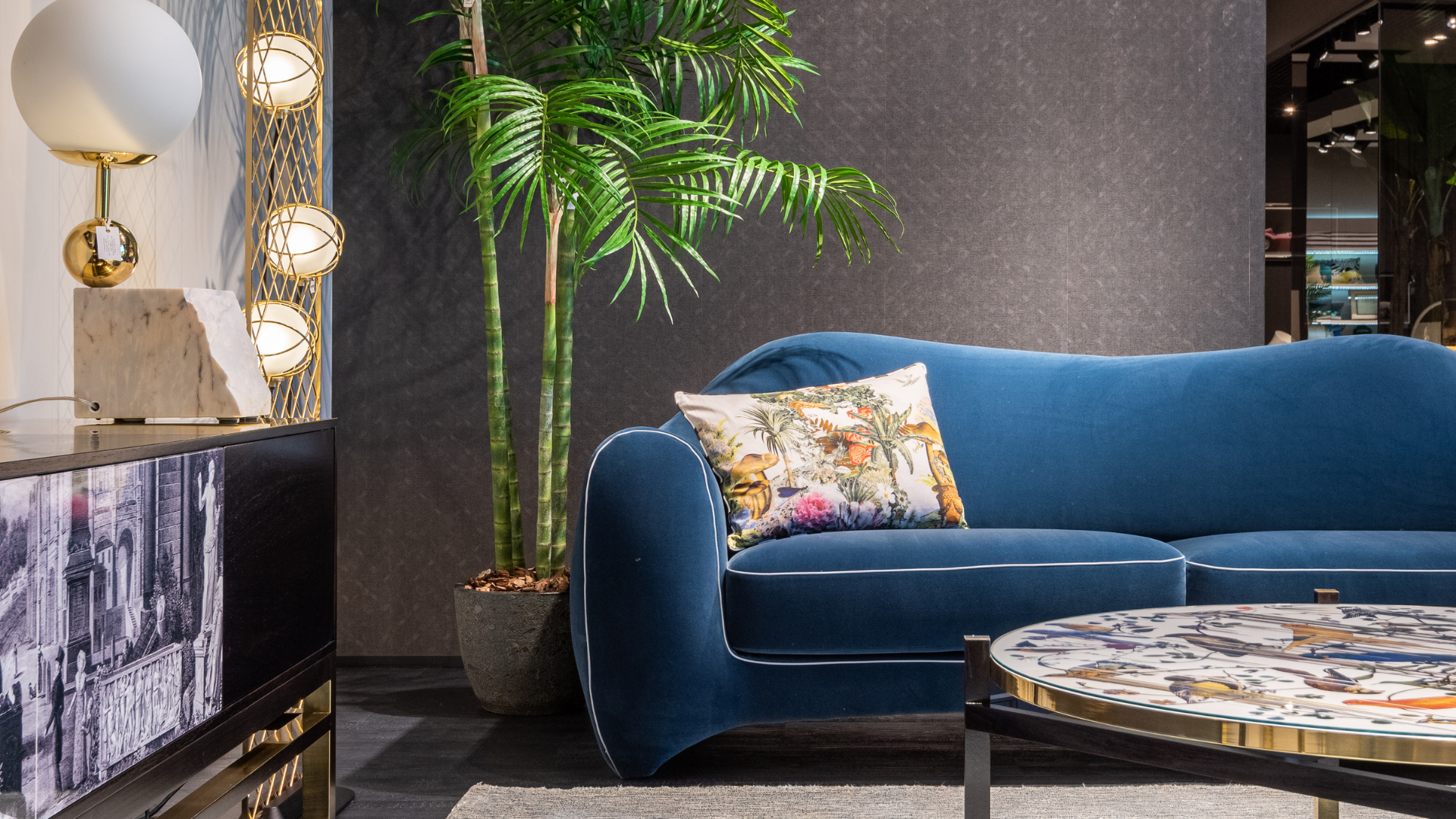Transforming a living room can feel daunting, especially when working with a tight budget. There are many ways to breathe new life into a space without spending a fortune. Simple updates like rearranging furniture, adding new decor, and refreshing paint can create a fresh atmosphere that impresses.
Creative solutions are key to a budget-friendly transformation. Using thrift store finds, DIY projects, and repurposed items can provide unique touches that reflect personal style while keeping costs low. These small changes can significantly enhance the room’s appearance and make it feel more inviting.
With some thoughtful planning and resourcefulness, a stunning living room makeover is achievable for anyone. By focusing on affordable materials and clever design choices, it’s possible to create an inviting space that feels brand new.
Assessing the Space
Understanding the current state of the living room is essential for planning an effective transformation. Careful consideration of personal style and decluttering will help create a fresh and inviting atmosphere.
Determining Personal Style
To effectively transform a living room, one must begin by identifying personal style. This involves reflecting on color preferences, furniture choices, and overall aesthetics.
Tips for Identifying Personal Style:
- Mood Boards: Create a mood board using images, colors, and materials that resonate.
- Inspiration Sources: Look for inspiration in magazines, social media, or friends’ homes.
Clearly define what appeals most, whether it is modern, rustic, or eclectic. This clarity guides future decisions about furniture, decor, and layout.
Decluttering Your Living Room
Decluttering is a critical step in space assessment. It involves removing items that no longer serve a purpose or fit the envisioned style.
Steps for Effective Decluttering:
- Sort Items: Categorize belongings into keep, donate, and discard.
- Evaluate Necessity: Consider the function of each piece of furniture and decor.
A well-organized space allows for better focus on the transformation process. Prioritizing essential items enhances room functionality and visual appeal, making it easier to implement design changes.
Revamping on a Shoestring
Transforming a living room on a tight budget is entirely achievable with the right approach. Creative ideas can breathe new life into spaces without large expenditures. This includes using paint innovatively, exploring thrift stores for hidden gems, and embracing DIY projects.
Creative Use of Paint
Paint can dramatically change the appearance of a room without breaking the bank. A fresh coat of paint on the walls can create an entirely new atmosphere. She can opt for bold colors or soft pastels, depending on her style.
In addition to walls, furniture can also be revitalized with paint. Spray paint provides an easy and affordable way to update old pieces. For example, a dated coffee table can gain a modern look with a few cans of spray paint.
Accent walls, stencils, or even painted patterns can introduce unique design elements. These small changes can lead to a significant transformation while keeping costs minimal.
Thrift Store Treasures
Thrift stores are treasure troves for budget-conscious decorators. She can find furniture, artwork, and accessories at affordable prices. Many items only require a little creativity to fit into a personal style.
Look for unique pieces, such as vintage lamps or decorative mirrors. These can become focal points in a living room with minimal effort. She can also consider shifting the purpose of items, like turning an old wooden ladder into a bookshelf.
It’s often possible to negotiate prices or find discounts on items. This approach allows for a larger array of choices without overspending.
DIY Home Decor Projects
DIY projects are a fantastic way to personalize a living space on a budget. Simple crafts like creating wall art or reupholstering chairs can have a big impact.
She can start with easy projects, such as making throw pillows using fabric remnants. This not only saves money but adds a personal touch.
Online tutorials can provide guidance for various projects, including shelving or plant holders. By using tools she may already have at home, she can keep expenses low.
Incorporating personal creativity through DIY can turn costs into unique, homemade decor choices.
Accessorizing Your Space
Accessorizing a living room can create a personalized and inviting atmosphere. Thoughtful selection and arrangement of accessories can make a significant impact.
Choosing the Right Accessories
Selecting accessories that reflect personal style is vital. Consider incorporating candles, which add warmth and ambiance. Opt for a variety of heights and styles to create visual interest.
Picture frames help showcase cherished memories. Group frames in different sizes for an eclectic look or use uniform frames for a cohesive feel.
In addition to candles and frames, consider decorative items like vases, pillows, and throws. Choose colors and textures that complement the existing décor. By mixing and matching accessories, it’s possible to create a layered and dynamic space without overspending.
Creating a Gallery Wall
A gallery wall provides a unique opportunity to express creativity. Begin by selecting a focal point, such as a larger piece of art, then build around it with smaller items.
Mix media for added texture; combine art prints, photos, and wall sculptures. Ensure to maintain balance and alignment for a cohesive look. A template can help visualize the layout before hanging.
Using varying frame styles and colors can enhance the wall’s appeal. This visually engaging display becomes a conversation starter and defines the room’s character. Plan the arrangement on the floor before committing to nails in the wall for precision.
Selecting Key Furniture Pieces
Choosing the right furniture pieces can significantly enhance the aesthetic and functionality of a living room while staying within budget. Focusing on specific items like accent tables, rugs, and window treatments will streamline the process and create a cohesive look.
Incorporating Accent Tables
Accent tables are versatile and serve multiple functions, from holding drinks to displaying decor. A well-chosen coffee table or side table can act as a focal point.
When selecting these tables, consider materials and styles that complement existing furniture. A wooden coffee table adds warmth, while a glass side table can create an open feel. Opt for tables with storage options to maximize utility without cluttering the space.
Tips for Choosing Accent Tables:
- Size: Ensure the table is proportionate to the seating.
- Style: Match with the overall decor theme.
- Functionality: Choose tables with added storage or multipurpose features.
Finding the Perfect Rug
A rug sets the tone of a living room, providing warmth and anchoring furniture. Size is crucial; it should extend under the front legs of sofas and chairs for cohesion.
Material affects both durability and comfort. Natural fibers like wool add luxury, while synthetic options may offer easier maintenance. Color and pattern should harmonize with existing decor but also add visual interest.
Guidelines for Selecting a Rug:
- Size Matters: Measure the area before purchasing.
- Traffic: Choose durable materials if the space sees heavy foot traffic.
- Layering: Consider layering smaller rugs for texture.
Updating Window Treatments
Window treatments can transform a room, enhancing light control and privacy. Curtains should complement both the color palette and the style of furniture.
When selecting curtains, consider length and fabric. Floor-to-ceiling drapes create an illusion of height, while lighter fabrics offer a breezy feel. For a budget-friendly update, consider DIY options like painting or adding trim to existing curtains.
Considerations for Window Treatments:
- Length: Go for full-length to keep a modern aesthetic.
- Fabric: Select materials that work with the room’s natural light.
- Style: Match the drapery style to the furniture for consistency.


